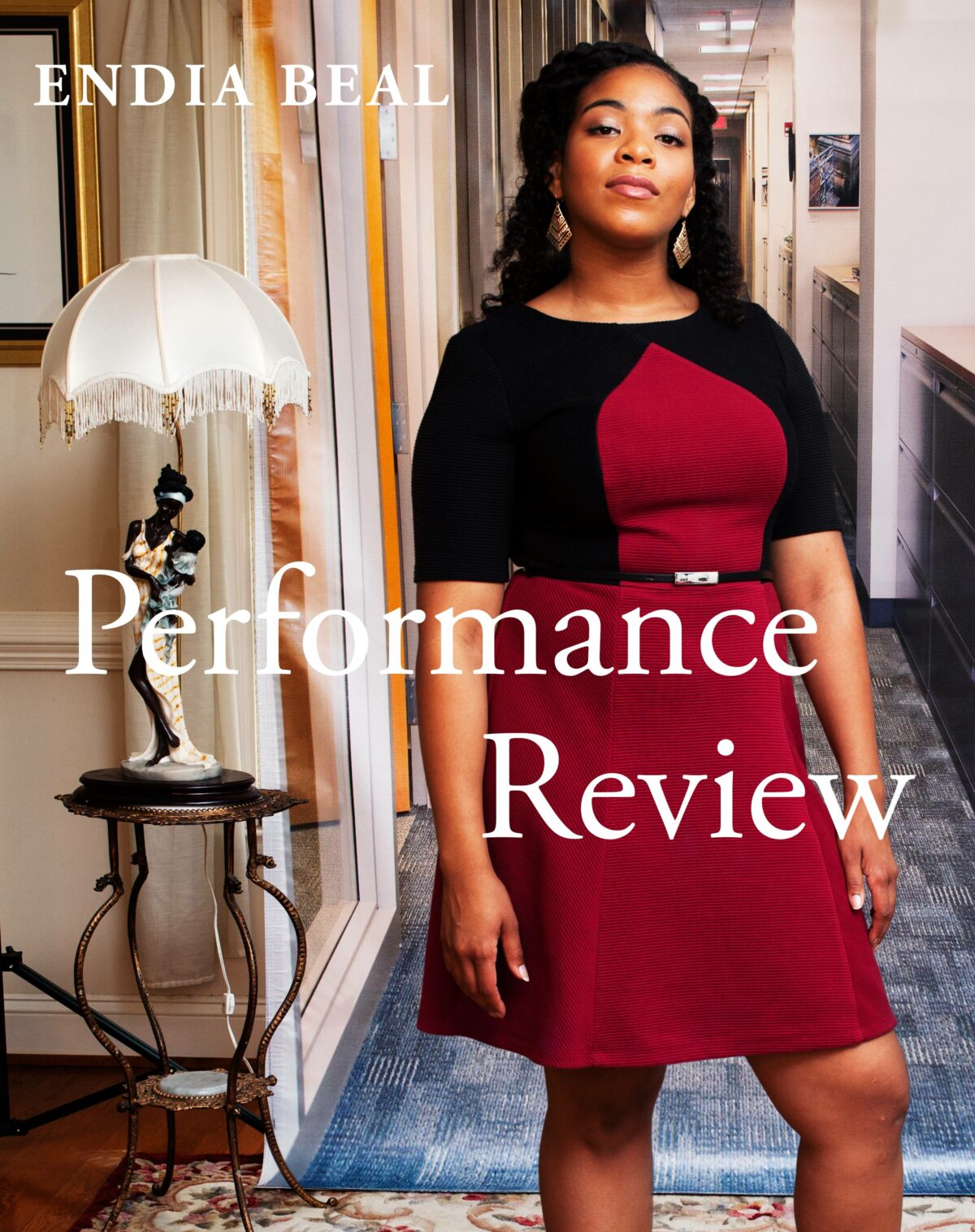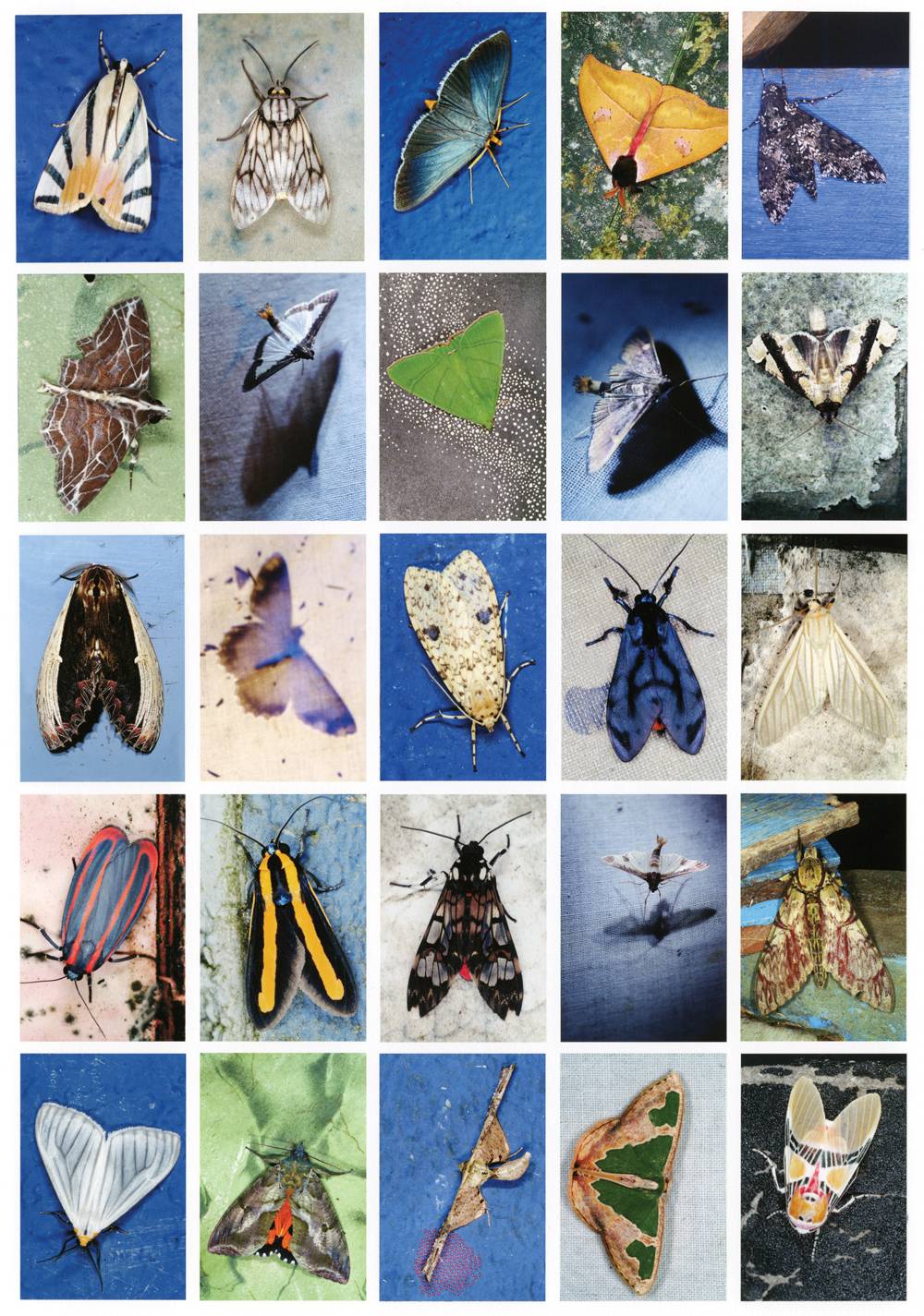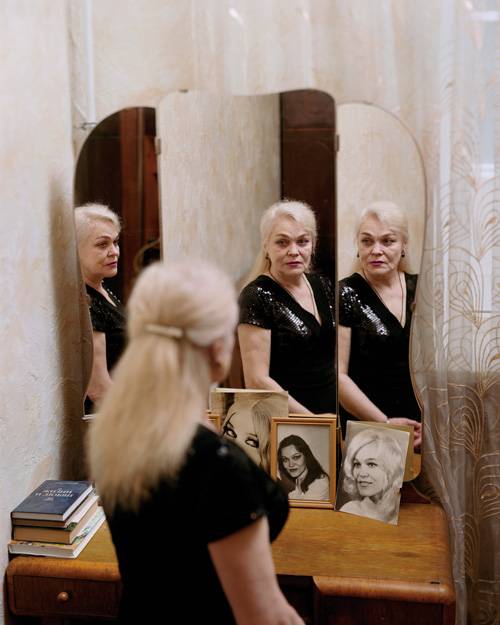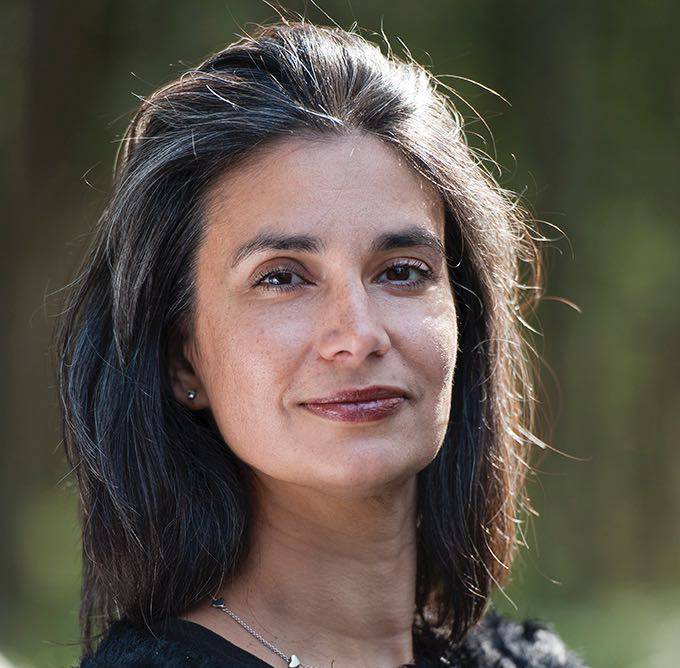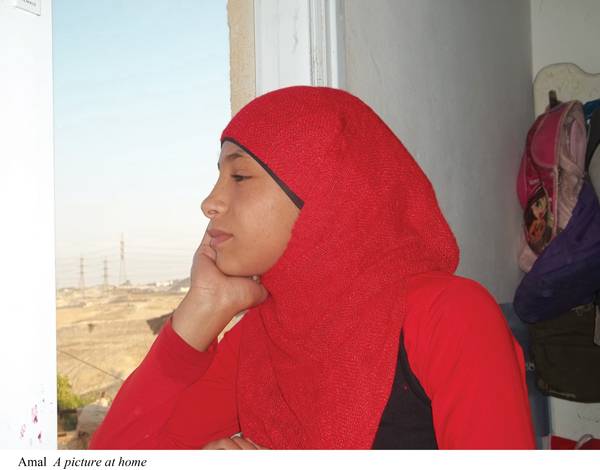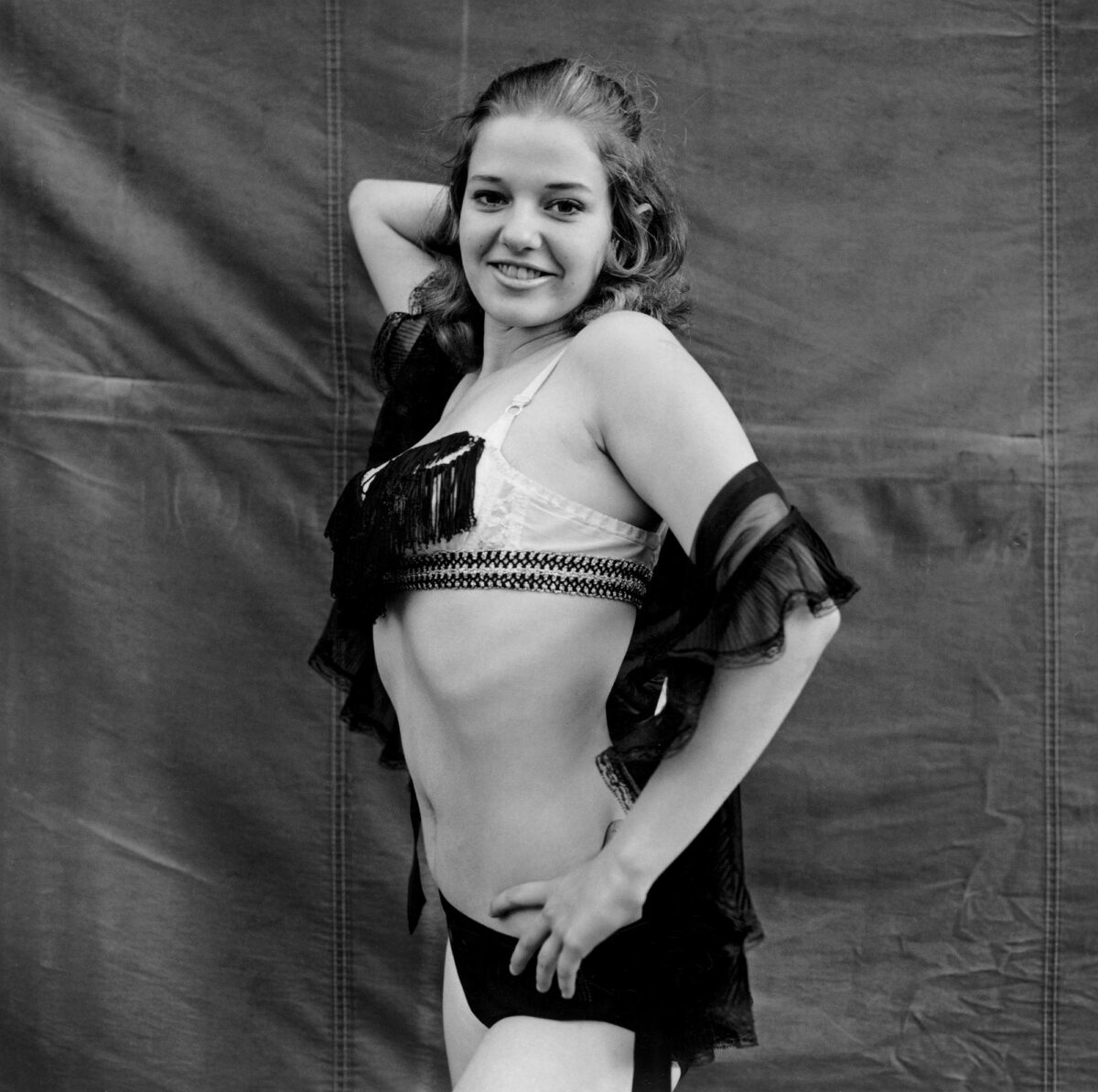One of only a few women associated with the land art movement of the 1970s, Michelle Stuart has also had an abiding interest in photography. Her work over four decades – the first museum treatment of her photography – is on view at the Bronx Museum of the Arts through June 26 in the exhibition Theatre of Memory.
Lyle Rexer: You began incorporating photographs into your installation work in the 1970s. You organize your work in grids, but not usually according to schemes of typology, as others from that period have done.
Michelle Stuart: The grid is a scaffolding. It allows the work to play between structure and chaos. I use the photographs to tell stories. I like the momentary in photography, but my works are more like novels. I introduce a story, a set of visual themes, and the viewers bring their own stories to them. So the story in The Ambiguities, for example, is not just my story – the story of my ancestors traveling to New Zealand – or Herman Melville’s story, which the title references, but all of those, and the narratives viewers imagine.
LR: Your earlier works combine material such as earth and plants with photographs. I am struck by this now because so many young photographers are exploring the relations between two and three dimensions. You propose more specific connections, but is there a general idea behind that approach?
MS: I think of drawing, photography, and sculpture as three handmaidens. They are linked in their concern for the representation of space. For that reason, it always seemed natural to me to mix materials and types of representation. In some cases, I used photographs to document and understand an archaeological site, like Uxmal, for example. I am also a collector – not a hoarder, I’m not a bag lady! I have specific loves. I collect photographs and objects related to my interests in ethnography, archaeology, and natural history. I bring them into my work in many different ways. I should add that this mixing of materials has made my work difficult to place. Early on, one of my dealers refused to show some of my works because they contained photographs.
LR: Apropos photography, I can see that it has changed in your work. In the pieces from the early 1980s, you used documentary photographs you took yourself and printed in analogue. More recently, in works that are exclusively photographic, the approach has become more expressive and the photographs more obviously manipulated.
MS: I have always intervened with photographs. My current work includes photos I have collected and those I take myself, and I work over many of them. Obviously current technology is very different from working with physical photographs, but it gives me a lot more freedom. Otherwise I couldn’t play with the images as I do. I don’t need an enlarger and a darkroom or even Photoshop. I still don’t think of myself as a photographer, but I can be a studio artist and do photography.
LR: In the Bronx Museum exhibition, I am struck by the fact that you can be so intentional and precise in your organization of images and yet your themes are just the opposite: open-ended, comprehensive, even cosmic.
MS: Every decade or so I have changed the “matter” of my work, the material I am focused on, but the themes have remained the same – our personal involvement with nature, history, and the cosmos. I’m a poet manqué, and I like the things poets like, the moon, the sea, the remains of the past. When you see the Nazca lines in Peru or the ancient Serpent Mound in Ohio, how can you not have an interest in how those cultures saw the world, in the same questions people have been asking from the beginning?





